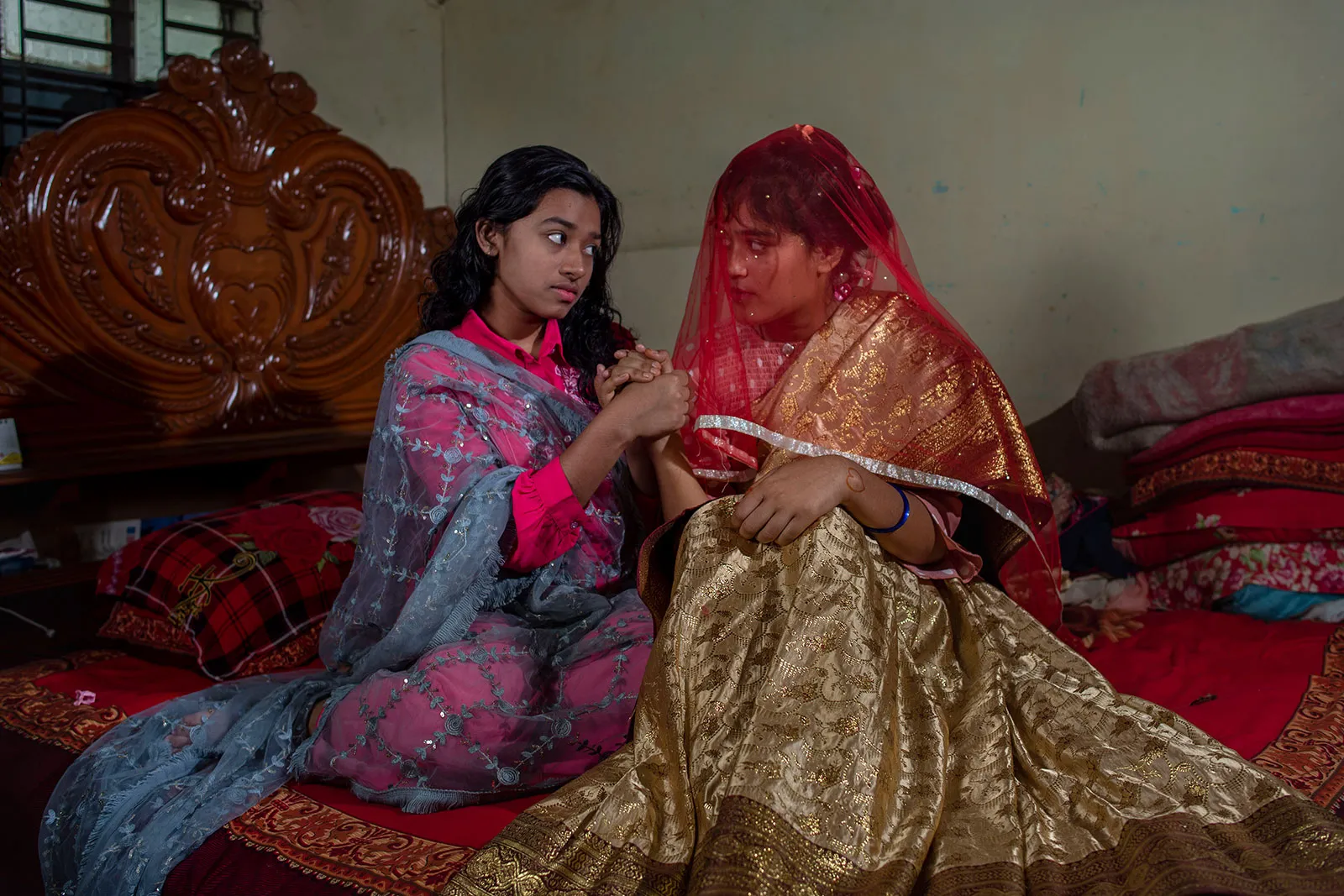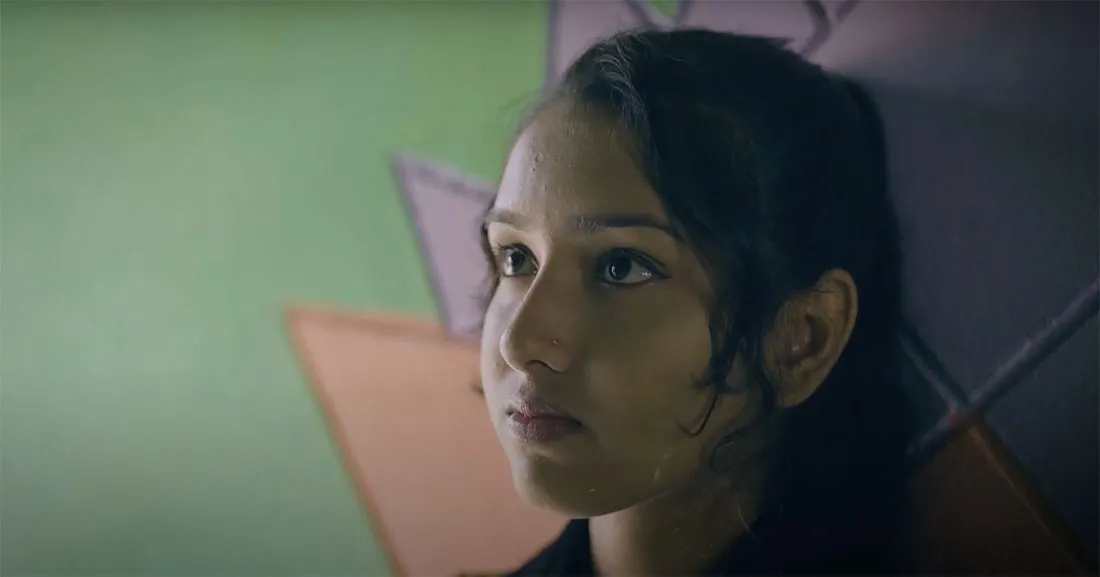SDG 5: Gender Equality
For 16-year-old Arpita Bosunia of Deuti, Rangpur, Bangladesh, CARE’s Tipping Point project ignited an inner activism. Arpita designs and runs campaigns in her community to stand up for girls who experience harassment and challenge parents and community members who try to marry off their adolescent girls. “I have found the hidden confidence within me,” she says, “and I learned how to put it to good use for others.”
Arpita’s story captures the power of girl-led activism and why CARE is leaning into this model in the fight against child marriage, a complicated and pervasive problem. Worldwide, one in five girls marries before age 18, and 21 million girls (about the population of New York City) aged 15-19 become pregnant every year. By placing girls at the center and empowering them to shift the norms holding them back, CARE can help girls improve their futures and follow their dreams.




